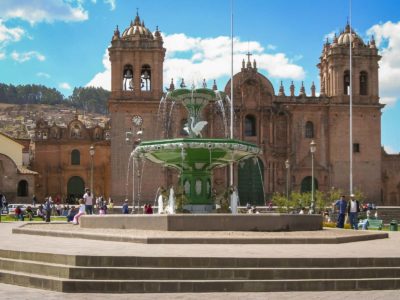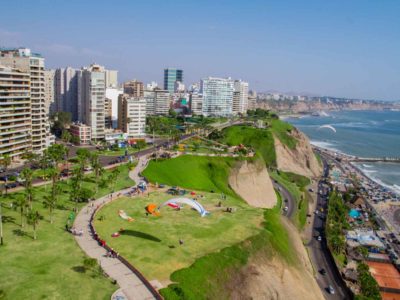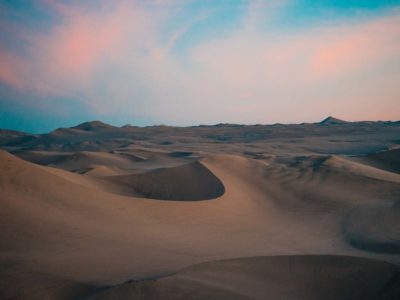Ready to learn some fun and interesting facts about Peru? Whether you’re planning a trip to Peru or you’re just enjoying some armchair traveling, prepare to be awed by these amazing Peru facts.
Peru is a country steeped in history, rich in culture, and endowed with an incredibly diverse geography. Nestled in the western part of South America, it’s a treasure trove of ancient civilizations, tantalizing cuisine, and awe-inspiring natural wonders.
Table of Contents
Interesting Facts About Peru
Did you know there’s a canyon that’s over 10,000 feet deep (twice the depth of Arizona’s Grand Canyon)? Did you know there’s a mass grave of 400 oblong skulls that some people believe are ancient aliens? Did you know you can go boarding down sand dunes that are over 1,000 feet high? Not only are these places real, but they’re all located in Peru. This gem in South America is one of the most biodiverse and culturally fascinating places on the planet.
1. The Mystery of the Nazca Lines
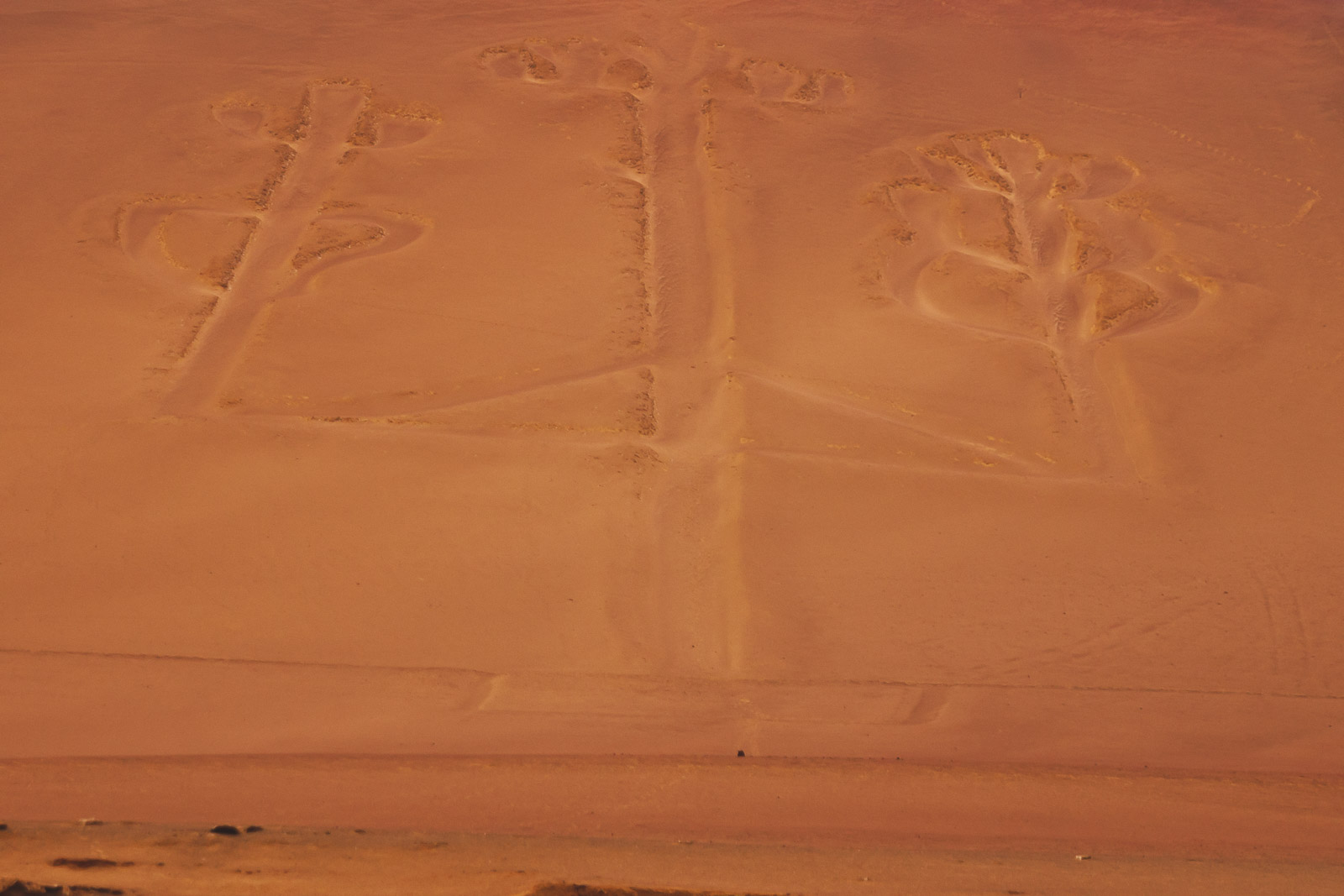
Is it ancient religious artwork? A constellation chart to track the stars? Or a long-lost alien landing strip? The Nazca Lines remain one of the world’s greatest mysteries.
Archaeologists now know how the Nazca people made these famous geoglyphs, but no one has yet figured out why. Located on a coastal plain 250 miles south of Lima, this is one site you simply have to see to believe.
What makes the Nazca Lines so fascinating is their scale and precision. There are over 800 straight lines that stretch across the plain, some of which are over 30 miles in length. There are also 300 geometric patterns including triangles, zig-zags, spirals, and arrows. Finally, there are over 70 depictions of plants and animals, some of which are over 1,200 feet long.
They were believed to be created between 500 BCE and 500 CE and researchers have been studying them for decades, but they’re no closer to an answer for what they are (or why there were built) than when they started. The purpose behind these lines remains a mystery. While some researchers believe that they might have had astronomical significance, others think that they could be related to water, fertility, or religious rituals. Book an aerial tour of the Nazca Lines during your trip to Peru and come up with your own theory!
2. Coca Leaves Are Great for Your Health
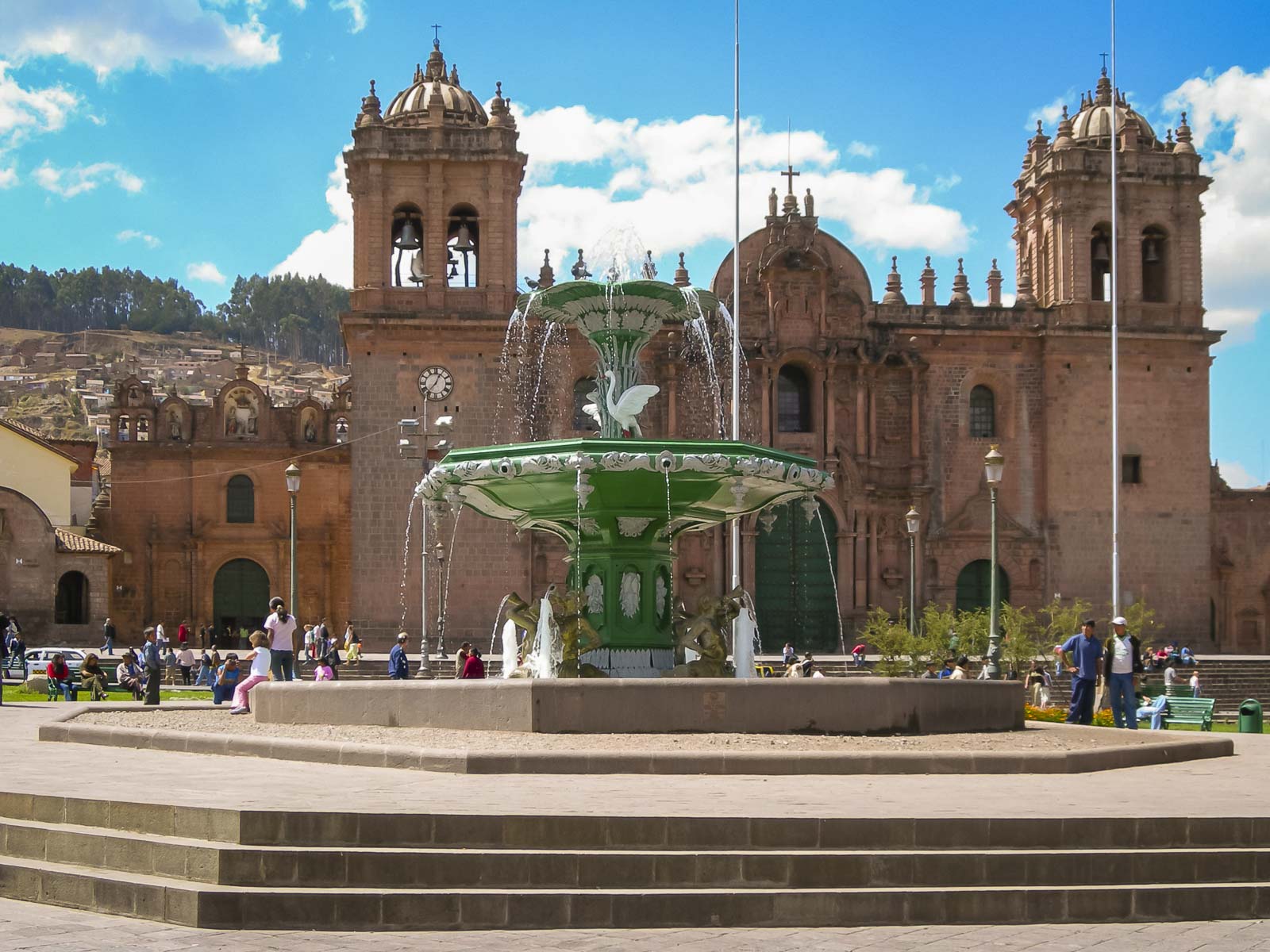
Peru’s native coca plant often gets a bad rep because it can be used to make cocaine. However, in its natural, non-concentrated form, it offers users a host of health benefits. When trekking high in the Andes Mountains, coco leaves can help calm altitude sickness. We drank coco tea when we first landed in Cusco to acclimate to the altitude and it really did help to alleviate our headaches.
The leaves of the coca plant are full of Vitamin B, Vitamin C, and iron. Locals use it to relieve pain and hunger, while visitors can experience relief from altitude sickness. In the past, Incans used the plant in religious rituals and even buried coca leaves with the dead.
Coca-leaf tea is safe to drink and widely available across the country. You can also do as the locals do and simply chew on the leaves to enjoy the benefits.
3. Peru Gave Us Potatoes & Tomatoes
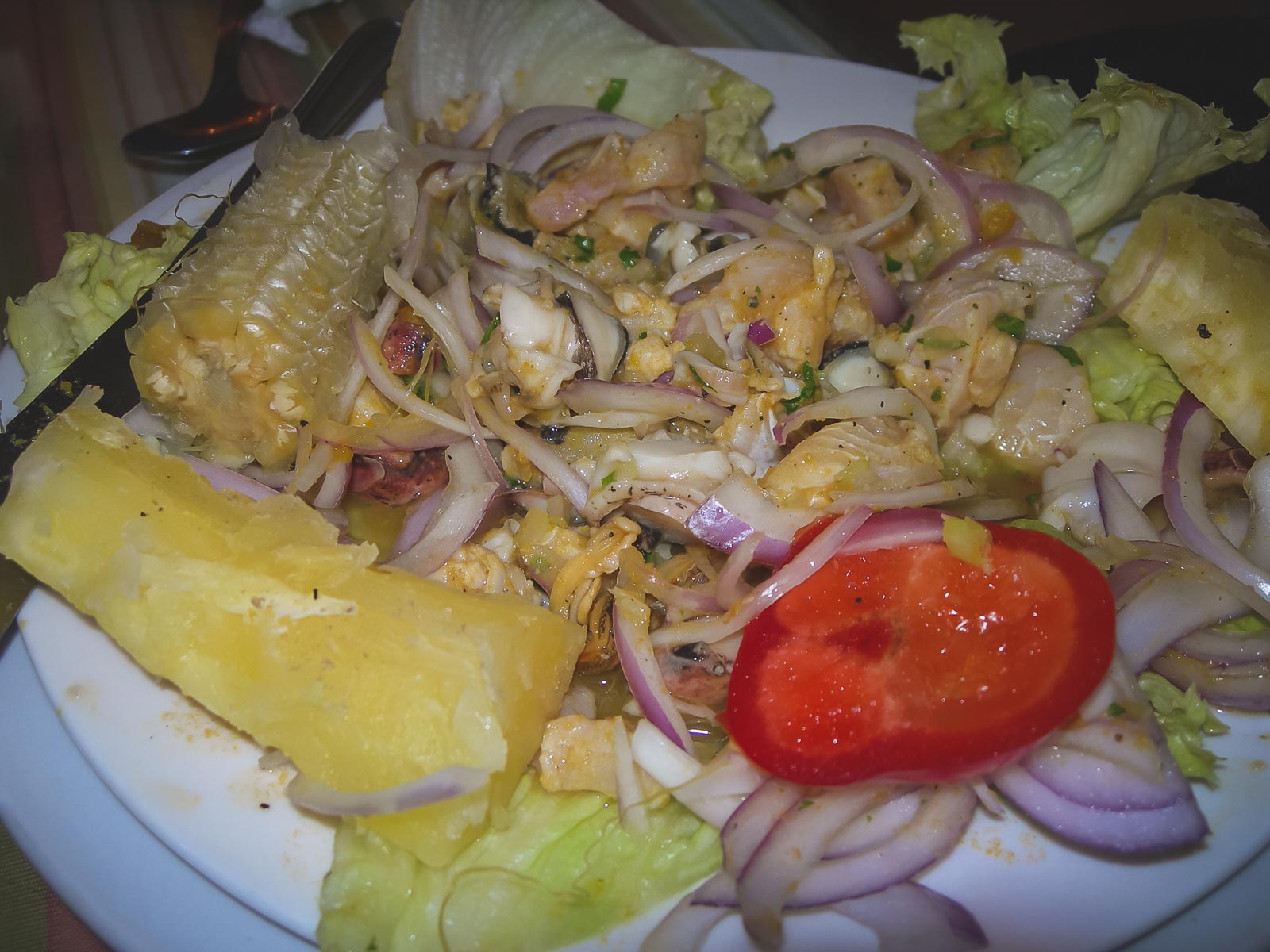
It’s hard to imagine a world without tomatoes and potatoes, but these native species were unknown outside of South American countries until the 1500s.
Peru is home to over 3,000 varieties of potatoes in an array of sizes, colors, and textures. In fact, it’s such an integral part of the Peruvian diet that proud locals often say, “Soy mas Peruano que la papa” (I’m more Peruvian than the potato).
While potatoes immediately became popular throughout the rest of the world, tomatoes were actually feared for centuries. Europeans mistakenly believed this native Peruvian fruit was poisonous. It wasn’t until pizza was invented in Naples, Italy, in the 1880s that tomatoes became a trusted and beloved food item.
The wild tomatoes that grow throughout the region are smaller than what you find at your local grocery store. Interestingly, though, this plant is the wild ancestor of every type of tomato we eat today.
4. Peru’s Geography Is Astoundingly Diverse
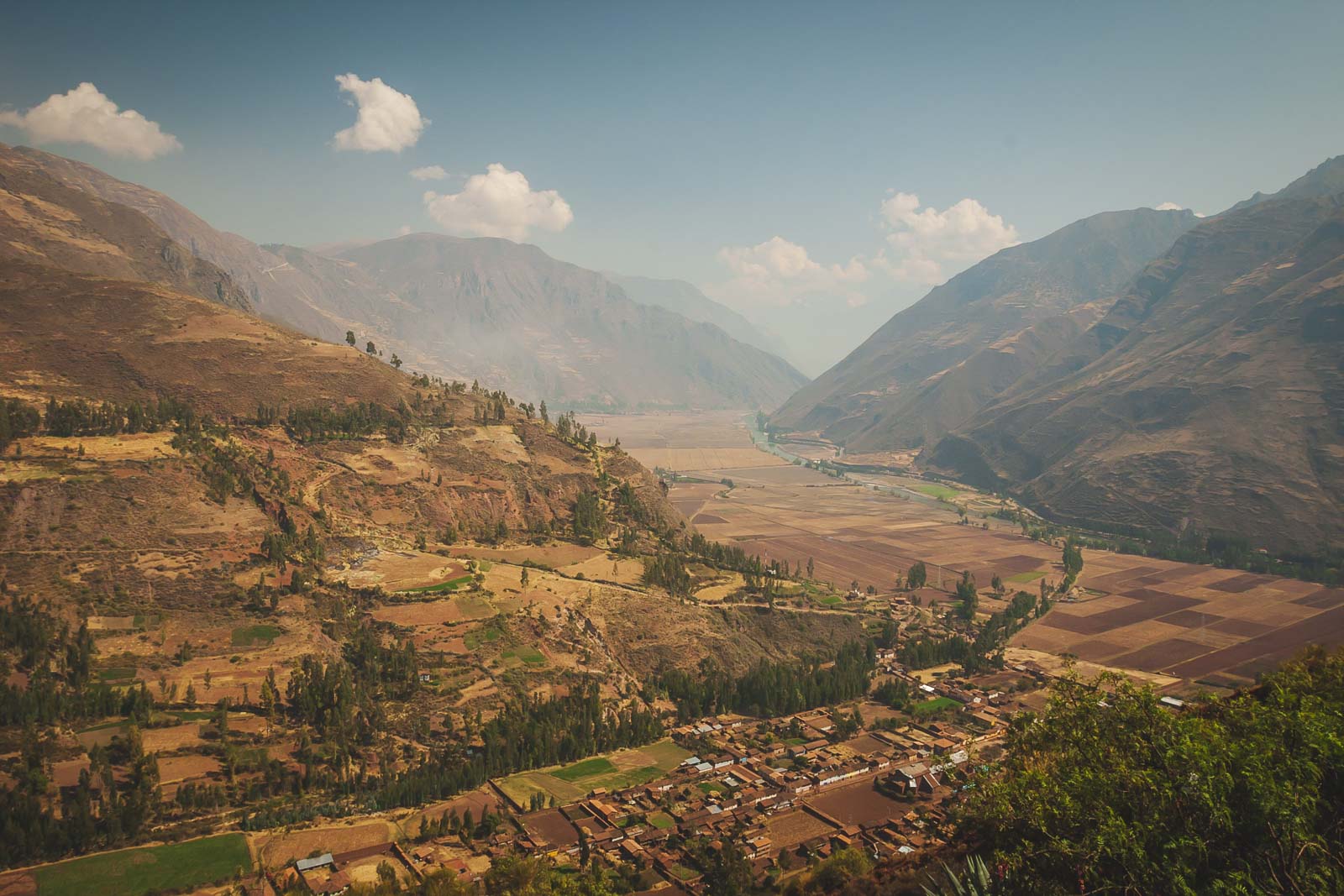
Peru is a geographical wonderland. From the arid plains of the Pacific coastal region to the peaks of the Andes mountains, and down into the lush Amazon rainforest, the diversity is staggering. With so many different landscapes Peru is one of the most bio diverse countries in the world.
The Peruvian Andes mountain range, one of the most prominent features of Peru’s geography, is the longest mountain range in the world. The highlands are home to a rich tapestry of cultures and historic sites, including Machu Picchu. The Amazon basin which covers nearly 60% of Peru, is one of the most ecologically rich areas on the planet, with an almost unfathomable variety of plant and animal life.
5. The Atacama Desert
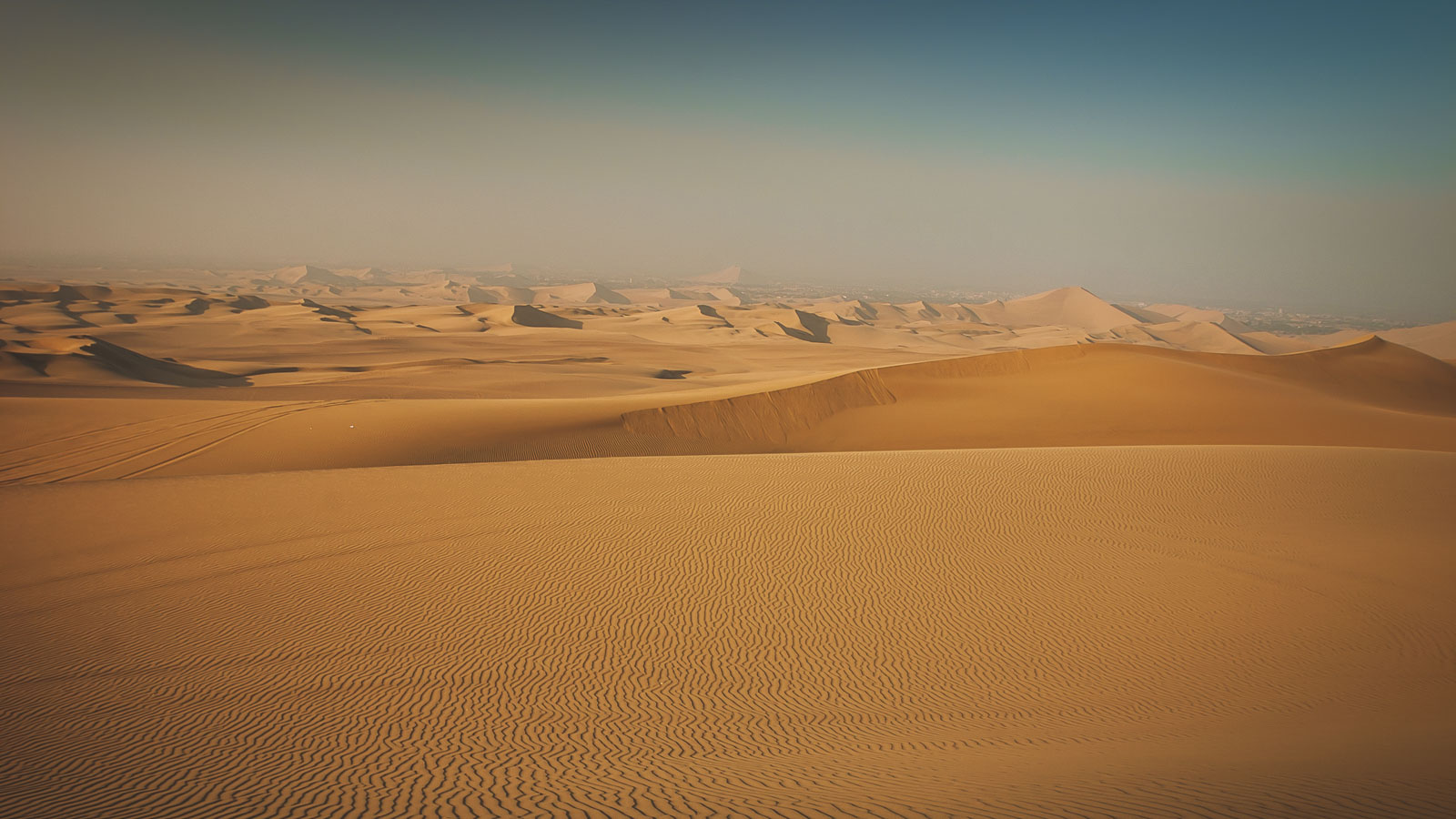
Forget the Sahara Desert. The driest place on earth is the Atacama Desert of Peru and Chile, where it’s impossible for anything to grow. In fact, the only thing that lives there is a microscopic organism that gets moisture from minerals instead of water.
Just how dry is the Atacama? Some parts of it have received less than an inch of rain in the past 30 years!
These conditions and otherworldly landscapes of the Atacama have led it to be compared to Mars, and it has even been used as a testing site for Mars rovers.
In the Peruvian portion of the Atacama, the desert stretches along the coast and features a landscape dotted with rocky formations, sand dunes, and small oases. The unique climate conditions have also contributed to the preservation of ancient geoglyphs, like the Nazca Lines, and mummies that provide insight into the region’s ancient civilizations.
6. Cotahuasi Canyon
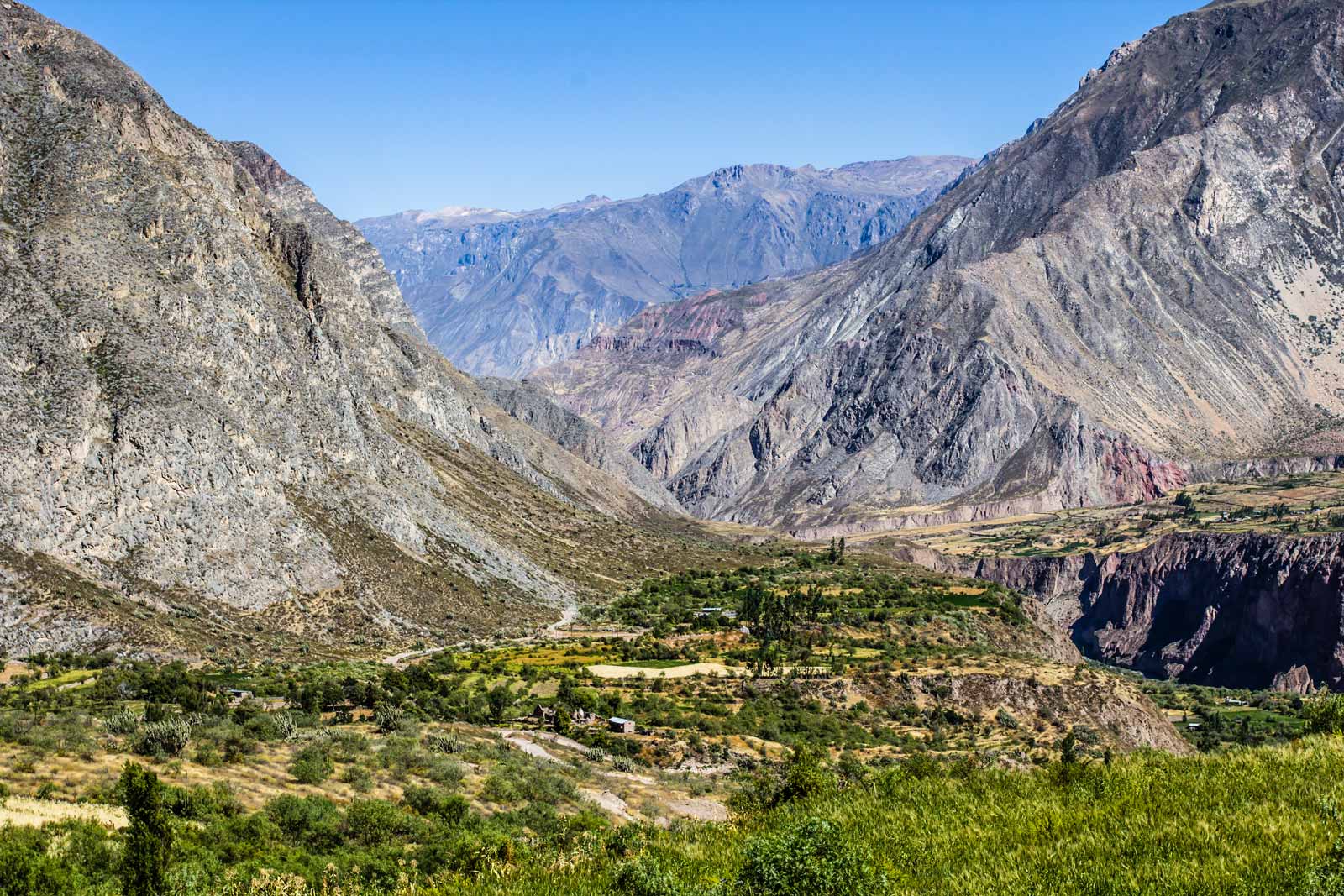
Remember that deep canyon we mentioned at the outset? You’ll find it in a remote region of southern Peru, over 12 hours by bus from the nearest city of Arequipa.
Cotahuasi Canyon is the deepest canyon in the Americas and one of the deepest canyons in the world which makes it a testament to Peru’s breathtaking natural beauty. Located in the southern part of the country, it reaches a depth of 3,535 meters, making it almost twice as deep as the Grand Canyon in the United States.
It is often overshadowed by Colca Canyon but if you love adventure like we do then you will undoubtedly want to visit Cotahuasi Canyon for trekking, white-water rafting, and the opportunity to explore ancient ruins. The canyon is also home to diverse flora and fauna, including giant hummingbirds and the Andean condor, one of the largest flying birds in the world
7. The Amazon Rainforest
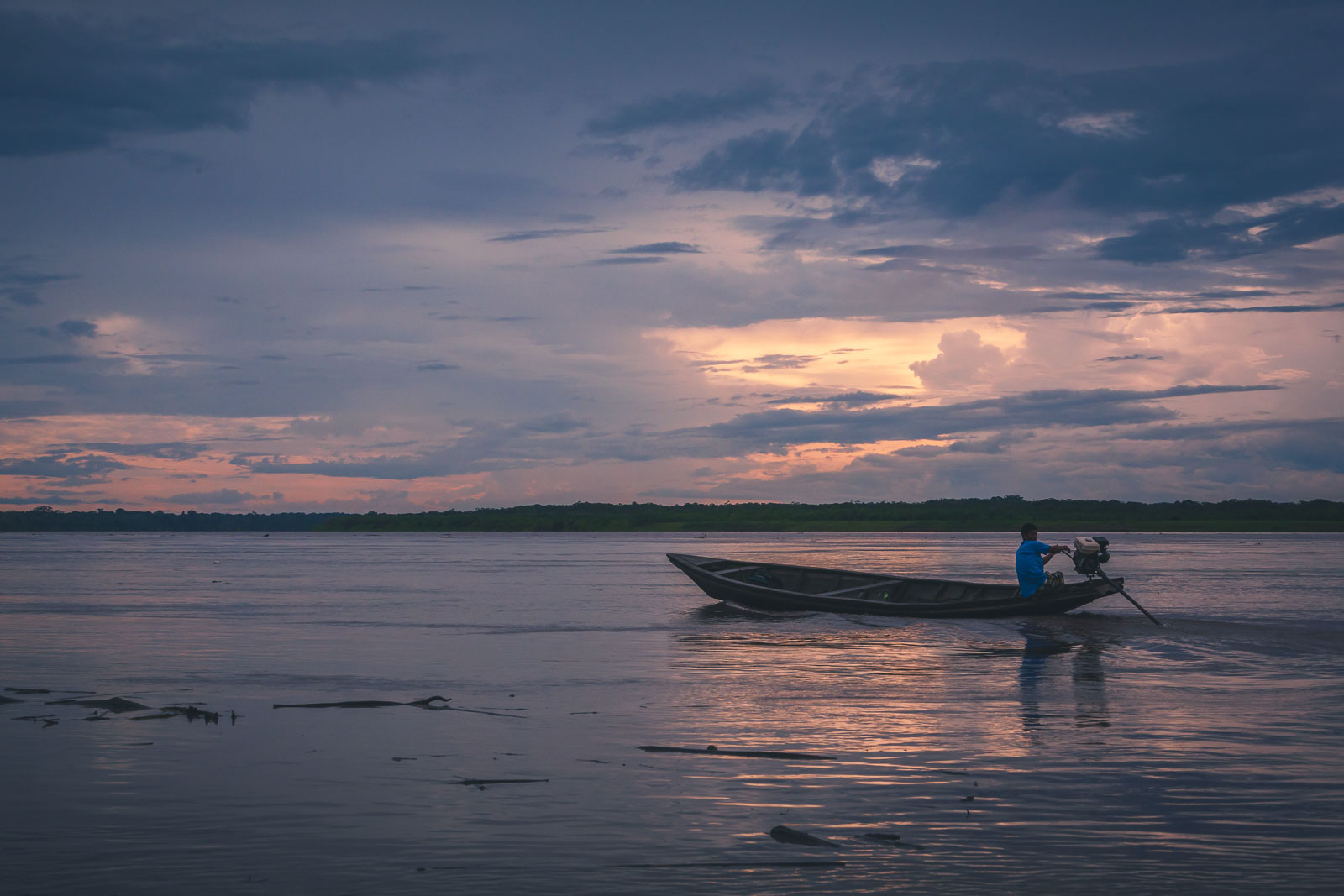
An interesting fact about Peru is that two-thirds of the country is covered in thick, lush, tropical rainforests. Peru is also home to the five rivers and tributaries that serve as the headwaters for the mighty Amazon River. Although the majority of the Amazon rainforest lies in Brazil, the gateway to the Amazon lies in the heart of Peru.
More than half of the world’s species of plants, mammals, and birds live in this spectacular rainforest. It also produces 6% of the world’s oxygen. You can learn all these facts about Peru (and much more) when you take an Amazon River cruise from Iquitos.
8. Lake Titicaca
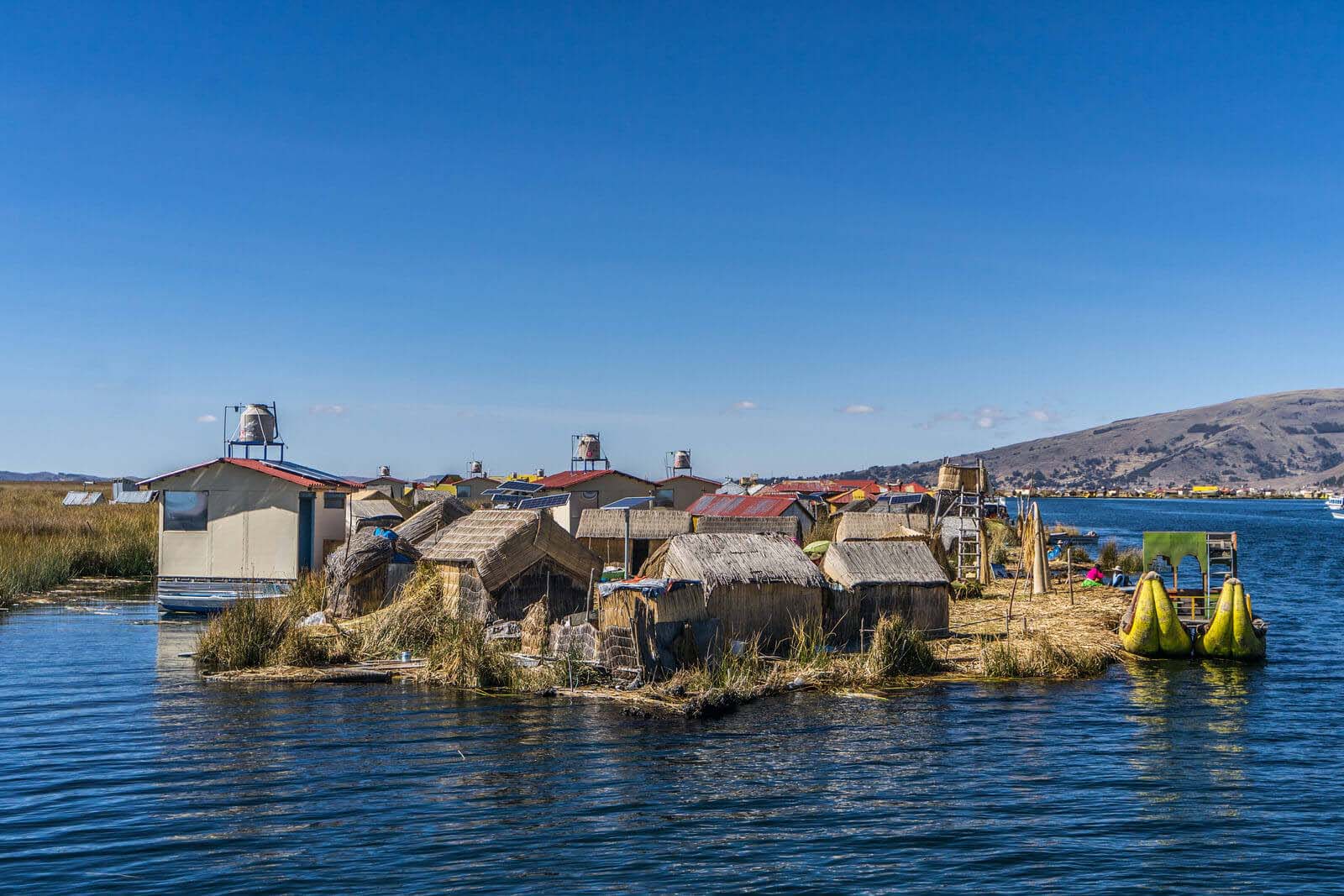
Straddling the border of Bolivia and Peru, Lake Titicaca holds the honor of the world’s highest lake. It sits at a dizzying 12,507 feet above sea level and covers an area 120 miles long and 50 miles wide.
Lake Titicaca, situated in the Peruvian Andes between Peru and Bolivia, holds the title of the highest navigable lake in the world. It is also South America’s largest lake by volume of water. With a surface elevation of 12,507 feet, it provides breathtaking views of the surrounding snow-capped mountains.
The lake is steeped in history and legend. It is believed to be the birthplace of the Incas, and numerous ancient ruins surround its shores. The floating islands of the Uros people are one of the lake’s most famous attractions. These islands are made entirely of reeds and are continuously maintained by their inhabitants. Also, In the 1970s, researchers discovered an entire city hidden beneath the waters of the lake. The mystery continues.
9. Rainbow Mountain
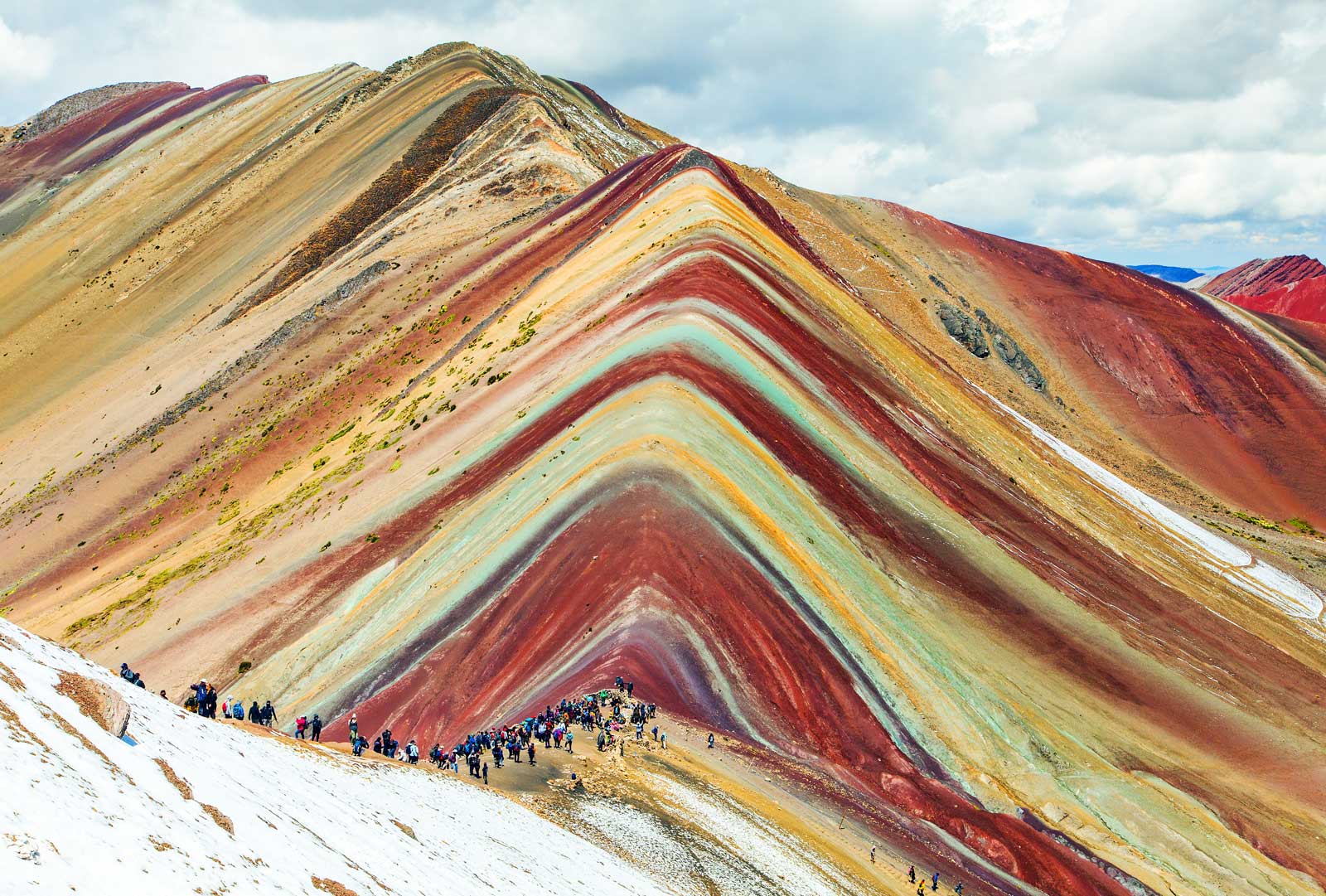
Vinicunca, more commonly known as Rainbow Mountain, is one of Peru’s natural wonders. Located in the Andes, this mountain is famous for its strikingly colorful layers, which are a result of sedimentary mineral layers being exposed by erosion. Almost undiscovered until 2015, Rainbow Mountain quickly became famous for its jaw-dropping and Instagram-worthy beauty. Layers of clay and sedimentary rock transform the otherwise bleak landscape into a literal rainbow of color.
You can read all about what it is like to trek to Rainbow Mountain in our comprehensive guide to Hiking Rainbow Mountain.
An expedition to this natural wonder isn’t for the faint of heart, though. At over 17,000 feet above sea level, it’s certain to be one of the highest altitudes you’ve ever trekked. Make sure you’re well-adjusted to the elevation before you sign up for a tour!
10. Cerro Blanco Sand Dune
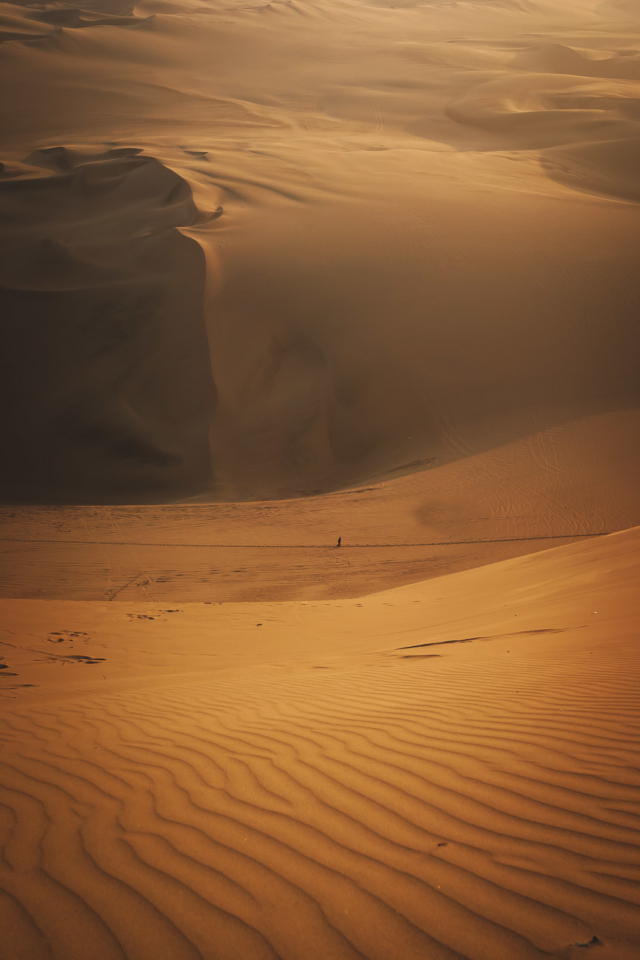
How would you like to visit the world’s tallest sand dune? Cerro Blanco holds the title of the highest sand dune in the world, standing at an astounding height of over 3,800 feet. To put that in perspective, that’s taller than the highest mountain in England!
Located near the famous Nazca Lines, this sand dune is the premier destination for sandboarding, dune buggies, and other outdoor adventures. The dune is situated within a desert valley surrounded by rugged mountains, creating a unique microclimate. The hike to the top of Cerro Blanco is rigorous, but when you reach the summit you are rewarded with panoramic views of the desert landscape and an exhilarating descent on a sandboard.
11. Machu Picchu Is a Wonder of the World
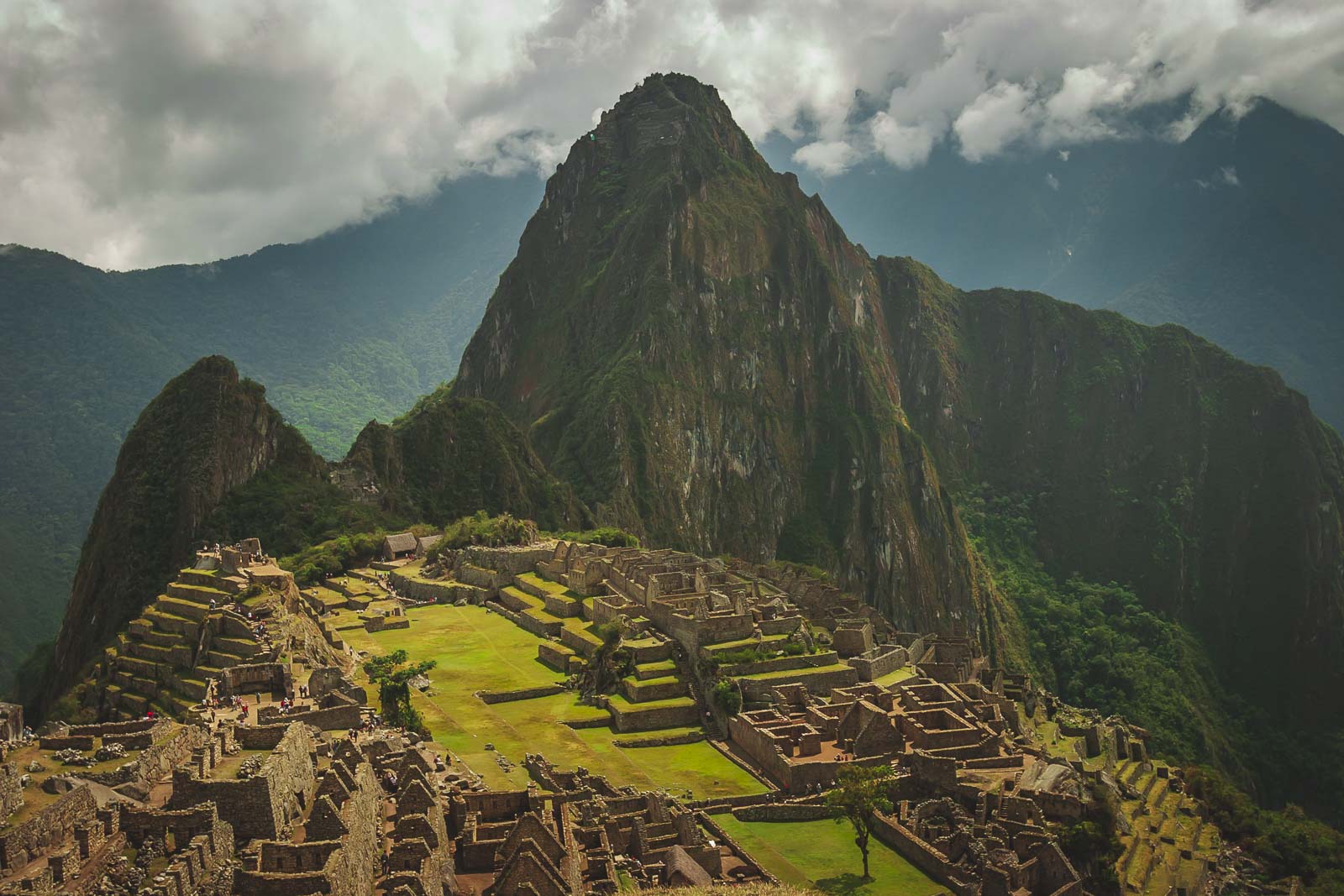
You can’t hear the word “Peru” without conjuring a mental image of the lost city of Macchu Picchu. A hike along the Inca Trail to this man-made marvel is a must for anyone who visits Peru. Follow the footsteps of the mighty Inca Empire through the Sacred Valley to the city in the sky.
Located high in the mountains outside Cusco, Macchu Picchu was lost to the outside world until 1911. Archaeologists believe the ancient city was built at the height of the Inca Empire during the 15th and 16th centuries. Their best guess is that it served as a royal estate for Incan nobles, but no one knows for sure why it was built.
The once-lost city spans five miles and includes 150 buildings and 3,000 stone steps. It’s little wonder (pun intended) that it was designated one of the New Seven Wonders of the World back in 2007. Read: How to Plan a Trip to Machu Picchu
12. The Quechua People Have Interesting Marriage Customs
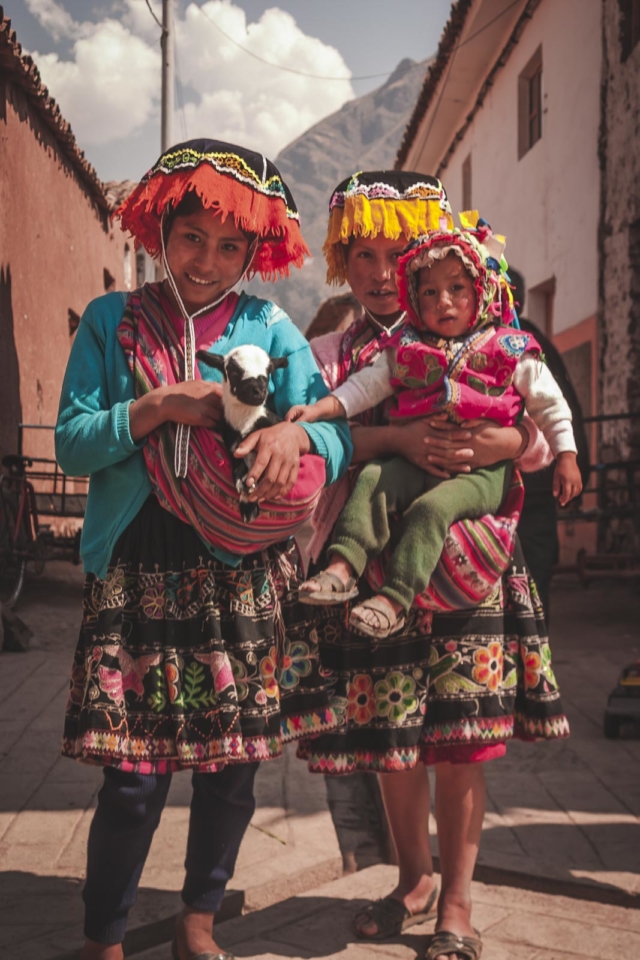
The native Quechua people are known for their warm smiles and colorful patterned clothing. But there’s a lot more to this beautiful culture than first meets the eye.
For example, you can easily tell the marital status of any Quechua woman you meet. How? Easy: Single women wear knitted caps, while married women wear straw hats.
Even more interesting, the Quechua practice “trial marriage,” a custom dating back thousands of years. Men and women are free to choose their partners, end the relationship, and remarry at any time. Any children born in the interim are viewed as belonging to the community, not a specific couple.
13. The Bizarre Elongated Skulls of Paracas
The Paracas Peninsula on Peru’s southern coast is known for the discovery of the Paracas Skulls. These elongated skulls belong to the ancient Paracas culture, which existed approximately 2,000 years ago. When archaeologists first uncovered the strange cone-shaped skulls in the Paracas region, rumors quickly spread that they were once aliens. Although it’s a fascinating theory, science has confirmed that the skulls are human in origin.
The unusual shape is due to the ancient practice of head binding. During the first few years of a baby’s life, parents would wrap the head in specific ways to alter the shape of the growing bones. This may have been done as a rite of passage or to distinguish different classes in society.
While elongated skulls have been found in different parts of the world, the Paracas skulls are unique because of their enormous size and variation in shape. Some theories suggest that cranial deformation was performed to signify social status, while others have proposed more enigmatic origins.
14. Guinea Pigs are not Pets in Peru
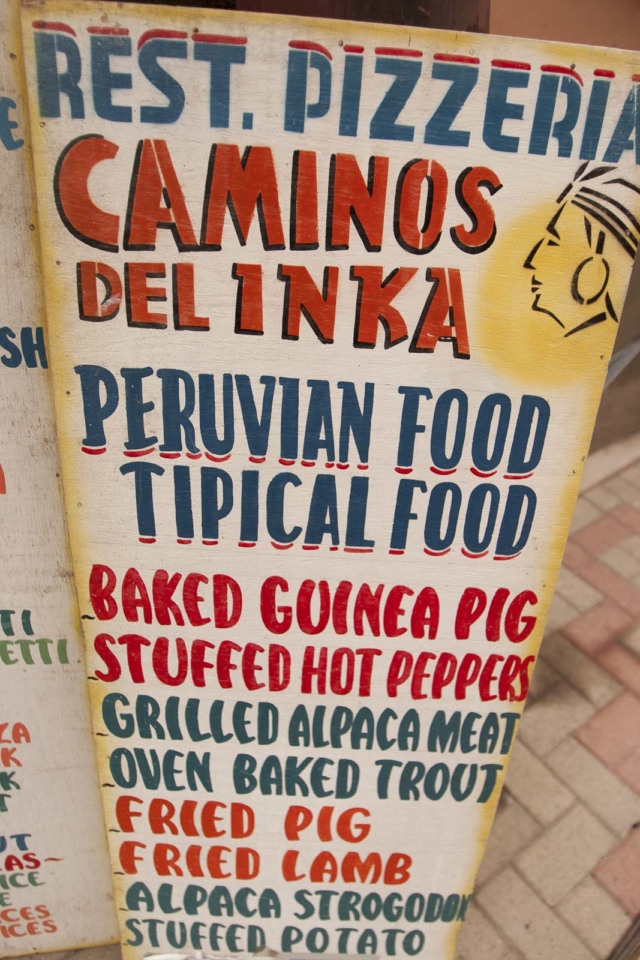
In many parts of the world, guinea pigs are kept as adorable pets, but in Peru, they have a different status. One of the strangest foods we encountered in Peru was the deep-fried guinea pigs. Peruvian cuisine is quite diverse with a blend of seafood, and meats with corn and potatoes being its base. But a delicacy in Peru is Cuy, aka roasted guinea pig. They don’t look at these furry critters as pets, no, these are food.
Cuy is usually served whole, often baked or barbecued, and is celebrated for its high-protein and low-fat content. It is also a central part of various Andean festivals and rituals. While it might be a cultural shock for some (us included), trying cuy is considered a must for experiencing authentic Peruvian cuisine.
15. Traditional Peruvian Poncho
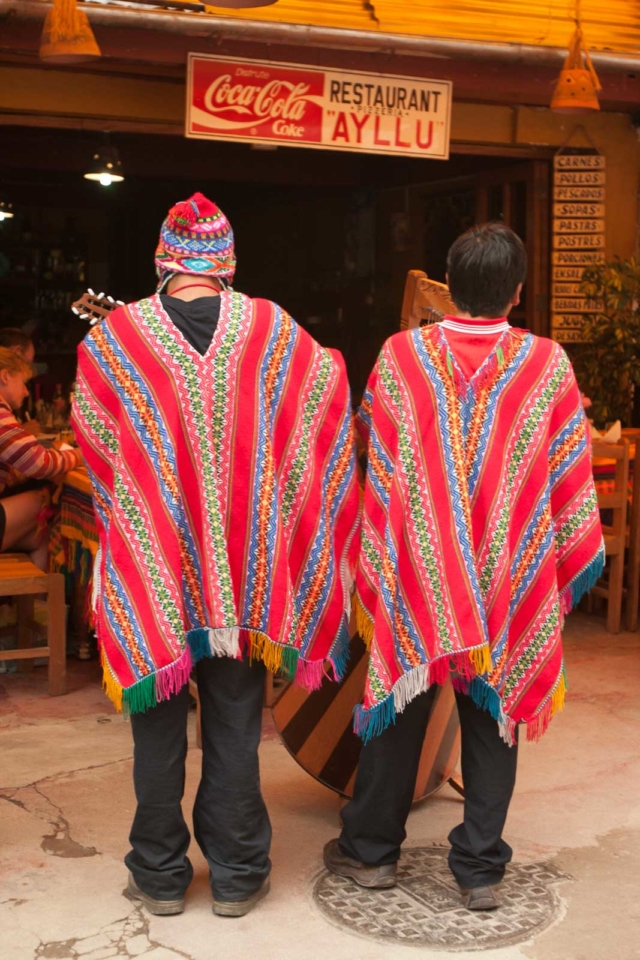
The traditional Peruvian poncho is a garment deeply rooted in the history and culture of the Andean region. Rich in symbolism and crafted with unparalleled skill, Peruvian ponchos are not only functional but also serve as a reflection of the wearer’s identity and heritage.
Originally, ponchos were made from a single piece of fabric with a slit in the center for the head. This basic design provided warmth and protection against the harsh weather of the Andes. However, the poncho evolved into a canvas for artistic expression and cultural representation. The patterns and colors in a traditional Peruvian poncho are often specific to a certain community or region, allowing individuals to convey their origin and ancestry through their attire.
The weaving of a poncho is an intricate and time-consuming process, often taking several weeks or even months to complete. Alpaca and llama wool are the most common materials used, known for their durability, warmth, and softness. The natural dyes used in the poncho’s design are often derived from plants, minerals, and insects, lending to a range of vibrant colors.
16. There are Three Official Languages in Peru
One of the most interesting and fun facts about Peru is that there are three different languages spoken in the country. While Spanish is the most widely spoken language in Peru, the country recognizes three official languages: Spanish, Quechua, and Aymara. Quechua was the primary language of the Inca Empire and continues to be spoken by the Quechua people in the Andean highlands.
Aymara is also an indigenous language spoken around Lake Titicaca and in some Andean regions. The recognition of these languages is not only important for communication but also plays a significant role in preserving the rich cultural heritage and diversity of Peru.
17. The Capital City of Peru is Lima
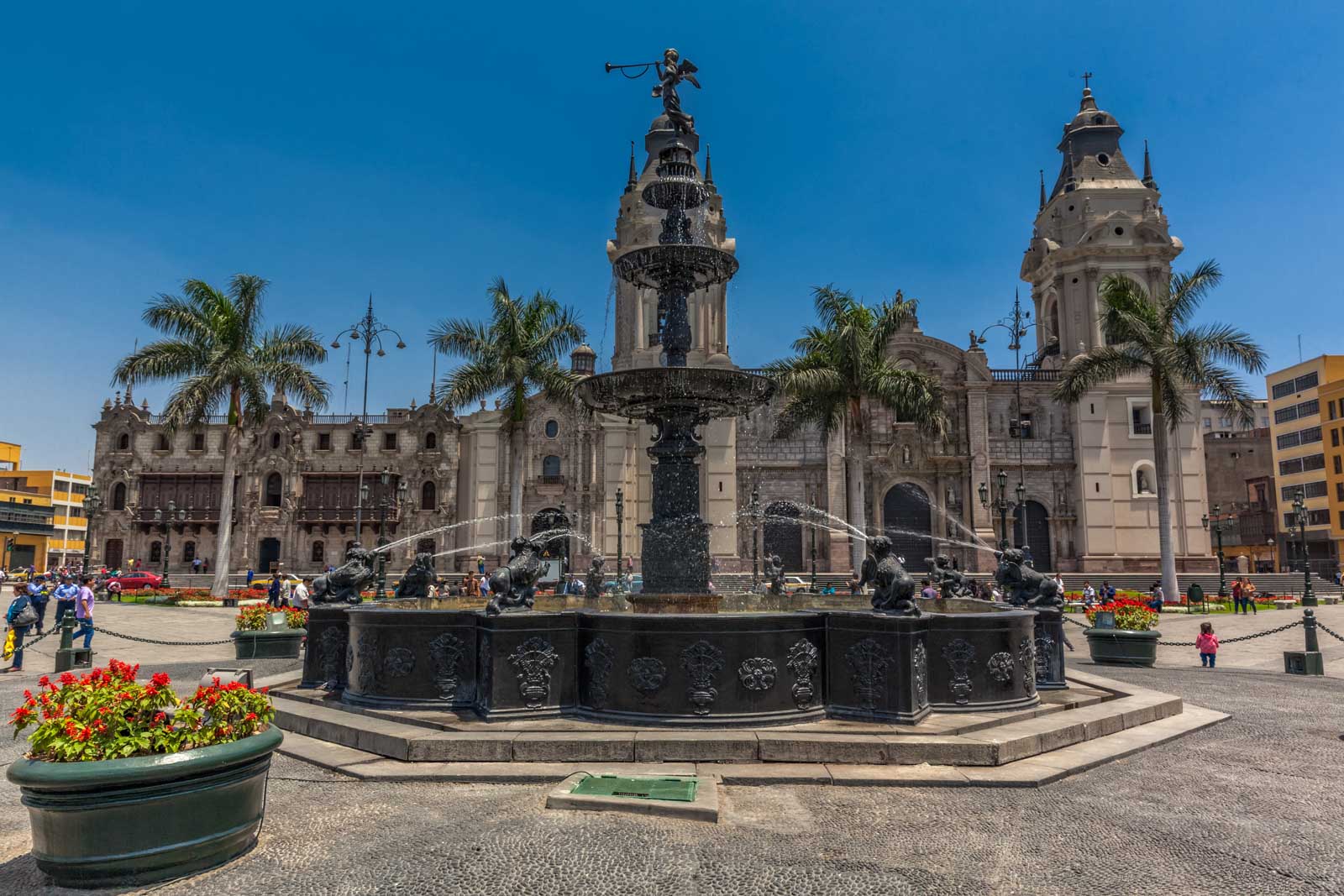
Lima, the capital of Peru, is often the entry point for many visitors and serves as a gateway to the country’s many attractions. Founded by Spanish conquistador Francisco Pizarro in 1535, Lima is a melting pot of cultures, with a rich colonial history and vibrant modern culture. Downtown Lima is home to various historical sites, including colonial churches, palaces, and the famous Plaza Mayor.
The city is also celebrated for its gastronomy, boasting several world-renowned restaurants and a wide array of traditional dishes. The coastal location adds a dimension of beauty to the city, with stunning cliffs and beaches that attract both locals and tourists. There is a lot to do in Lima and you can discover it all in our article Best Things to do in Lima, Peru.
18. The Inca Civilization
The Inca civilization is one of the most iconic aspects of Peru. At its height in the 15th century, it was the largest empire in pre-Columbian America. The Incas were remarkable engineers, as evidenced by structures like Machu Picchu and Sacsayhuamán. It is said that The Incas were the only ancient culture in the world to define constellations of both dark and light.
Although the Inca Empire was short-lived due to the Spanish conquest, its impact on Peruvian culture is undeniable. The Quechua language, traditional clothing, and various customs have been carried through generations, preserving the legacy of the Incas.
Facts About Peru FAQ
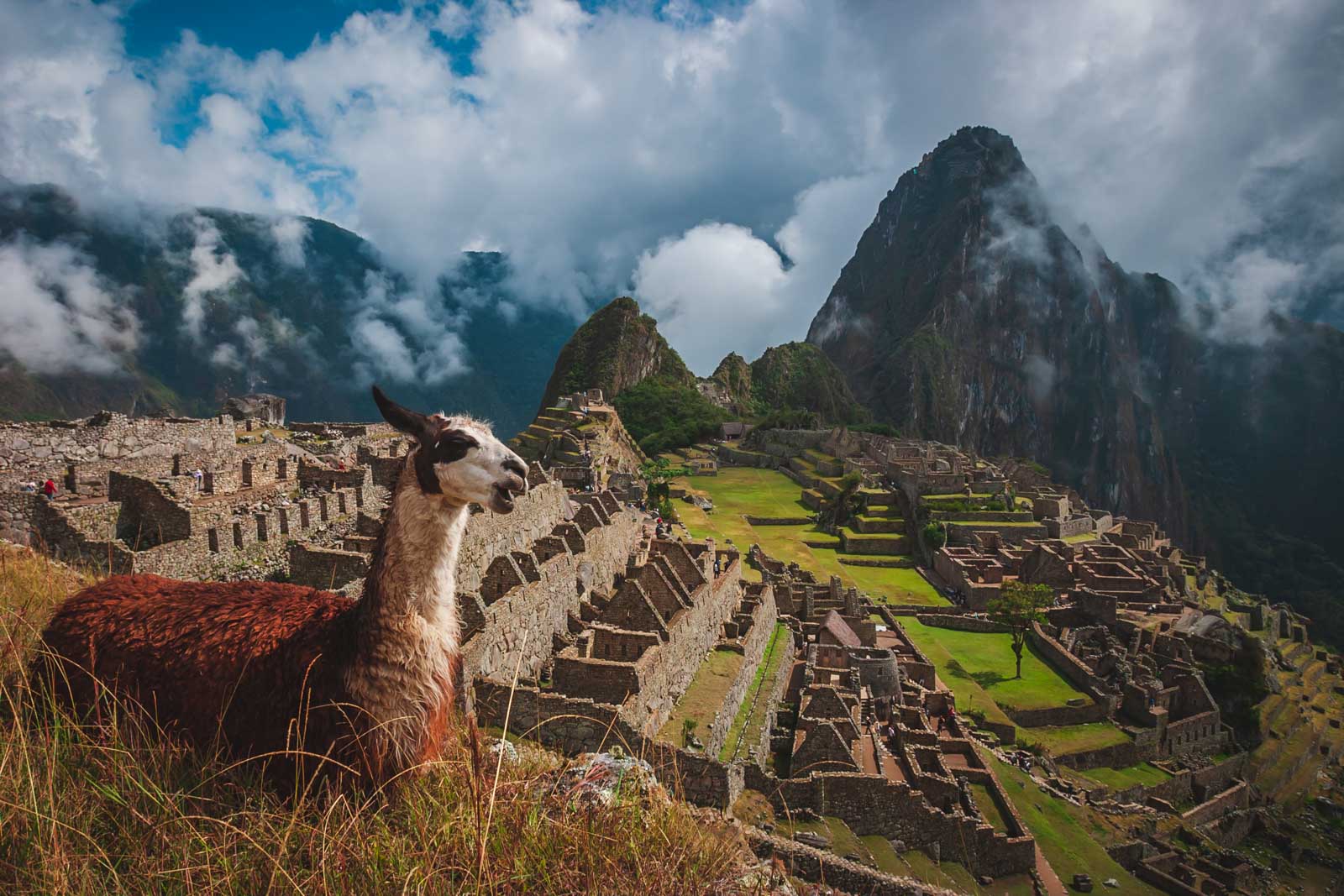
What Are 5 Fun Facts About Peru?
- Peru is home to the highest sand dune in the world, Cerro Blanco, which stands at approximately 2,078 meters.
- The Amazon Rainforest covers nearly 60% of Peru, making it the second-largest portion of the Amazon, after Brazil.
- Guinea pigs, known as ‘cuy’ in Peru, are considered a delicacy and have been consumed in the Andean region for thousands of years.
- Peru grows more than 55 varieties of corn, ranging in color from white and yellow to purple and black.
- The Floating Islands of Uros on Lake Titicaca are made entirely of reeds and are home to the Uros people, who maintain them by adding new layers of reeds.
What Are Some Unique Facts About Peru?
- The Nazca Lines, a series of ancient geoglyphs in the Nazca Desert, remain an enigma. They were created between 500 BCE and 500 CE, and some of the figures can only be fully seen from the air.
- Cotahuasi Canyon is one of the deepest canyons in the world, almost twice as deep as the Grand Canyon in the United States.
- The Quechua people practice ‘servinacuy’, a form of trial marriage, where couples live together for a period before deciding to formally marry.
- The ancient Paracas culture practiced cranial deformation, leading to the discovery of the bizarre elongated skulls in the Paracas Peninsula.
- The traditional Peruvian dish ceviche is believed to have been consumed in a similar form for over two thousand years, with ancient civilizations using fermented juice from banana passionfruit to marinate the fish.
What Will You Do With These Fun Facts About Peru?
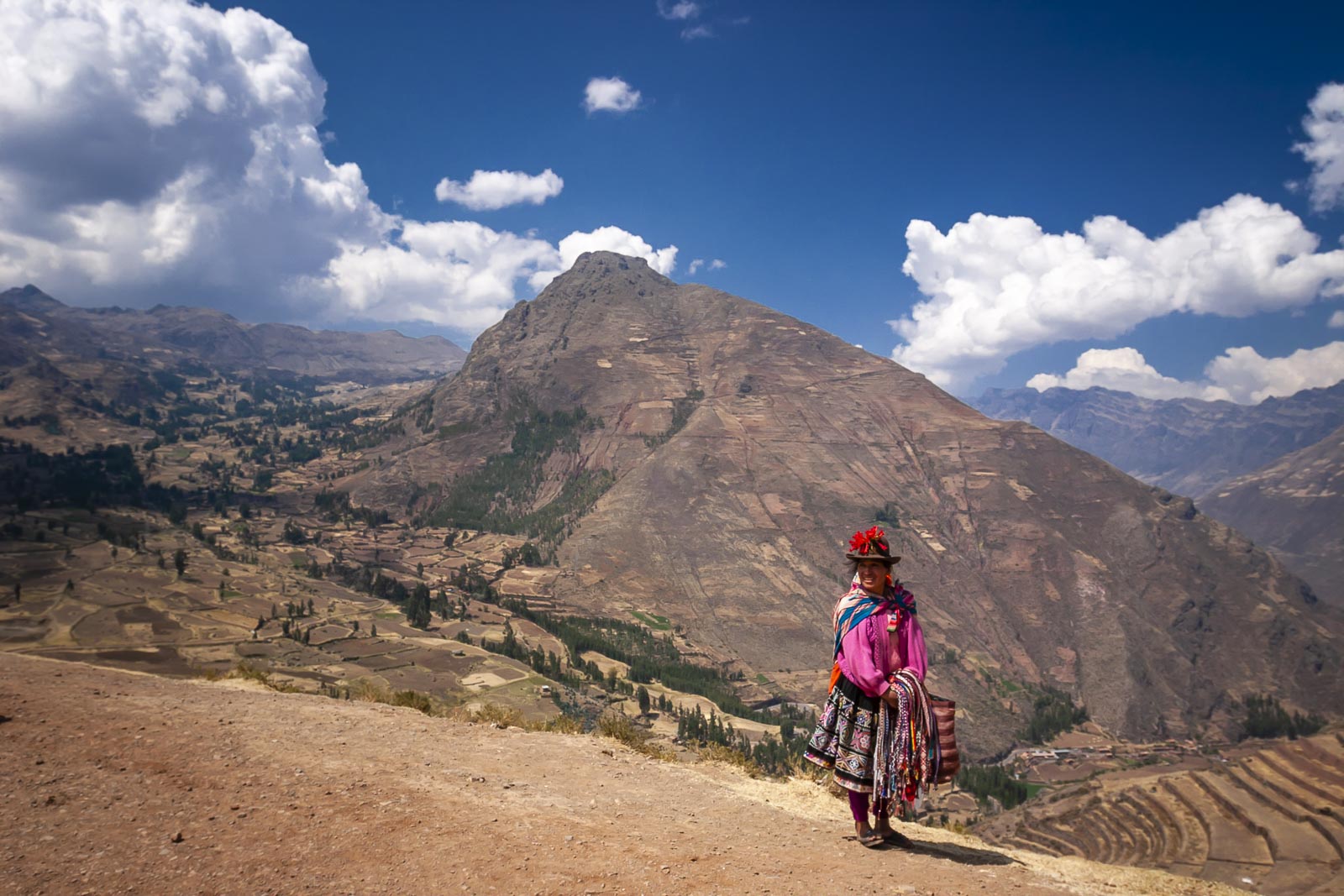
So, which of these facts about Peru was most interesting to you? Was it the mysterious Nazca Lines? The recently discovered Rainbow Mountain? The unique cultural traditions of the Quechua people? Or the incredible biodiversity in a country that’s home to the world’s driest desert and thickest jungles?
Whichever Peru facts jumped out at you, one thing is certain: There’s no shortage of things to learn about this amazing country.
Is Peru at the top of your travel bucket list? Would you like to learn more interesting facts about Peru, including how to plan your trip to South America? Click here for our in-depth Peru travel guide and keep learning about this incredible travel destination.
Read More About Peru
- Paracas: Paracas Peru – Adventures In The California Desert
- Rainbow Mountain: What To Expect When Hiking Rainbow Mountain Peru
- Things to do: 21 Of The Best Things To Do In Peru
- Cusco: Top Three Little Known Hiking Day Trips In Cusco, Peru
- Iquitos: Things To Do In Iquitos, Peru – A Gateway To The Amazon
- Machu Picchu: How To Plan A Trip To Machu Picchu
- Amazon: What To Expect On An Amazon River Cruise – Life On The River

